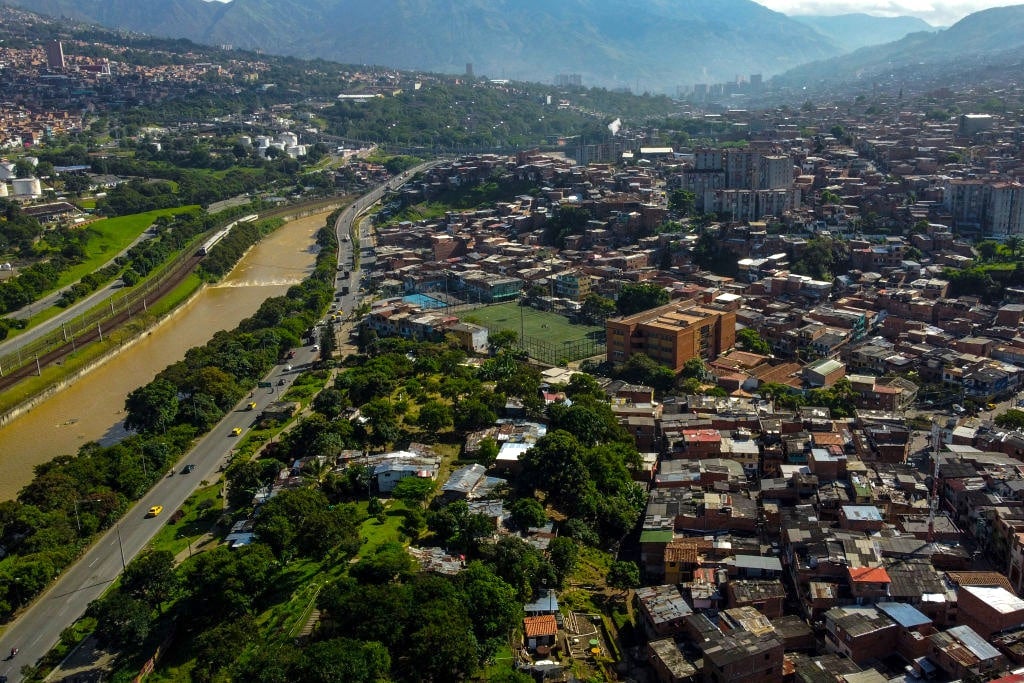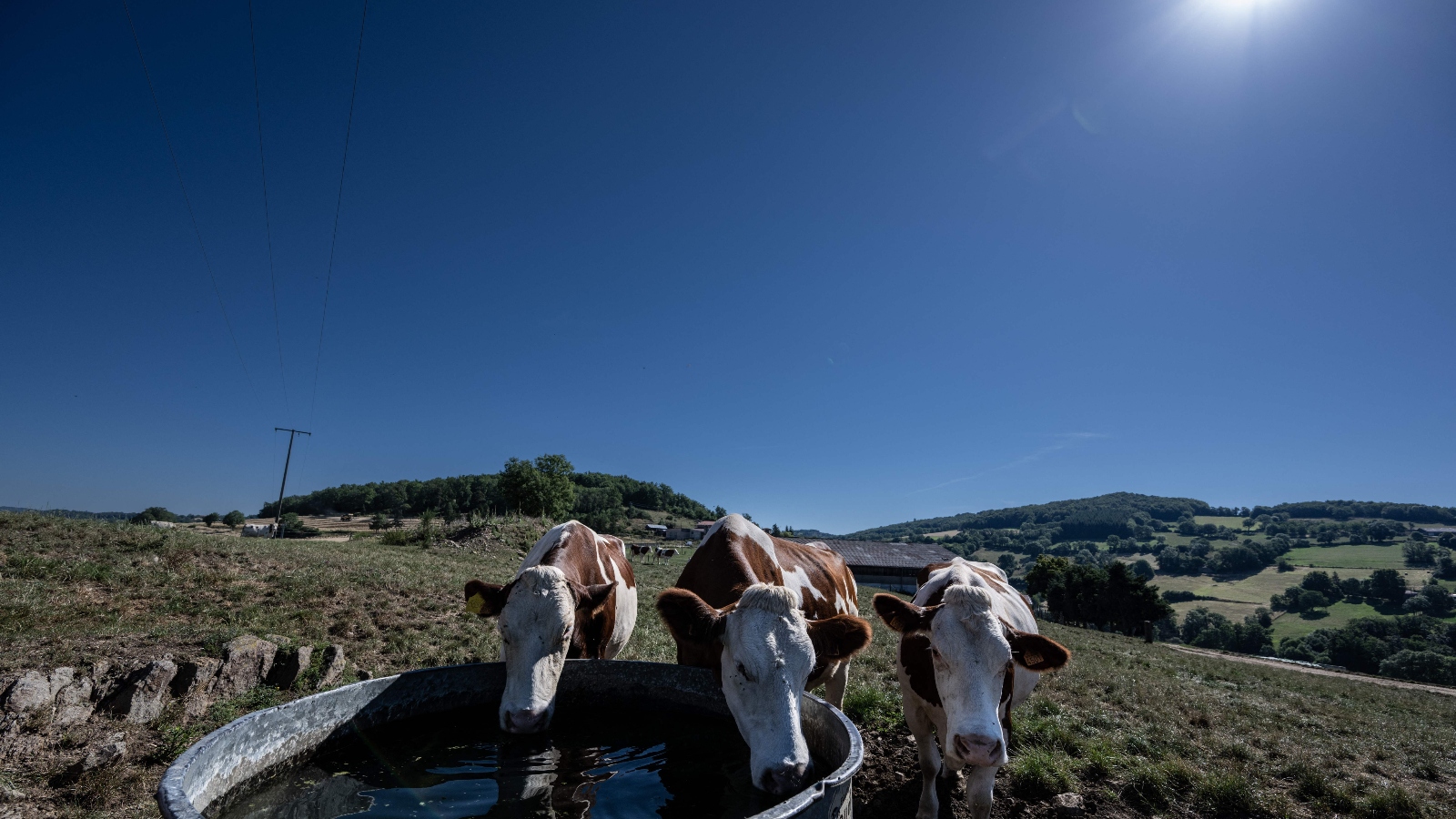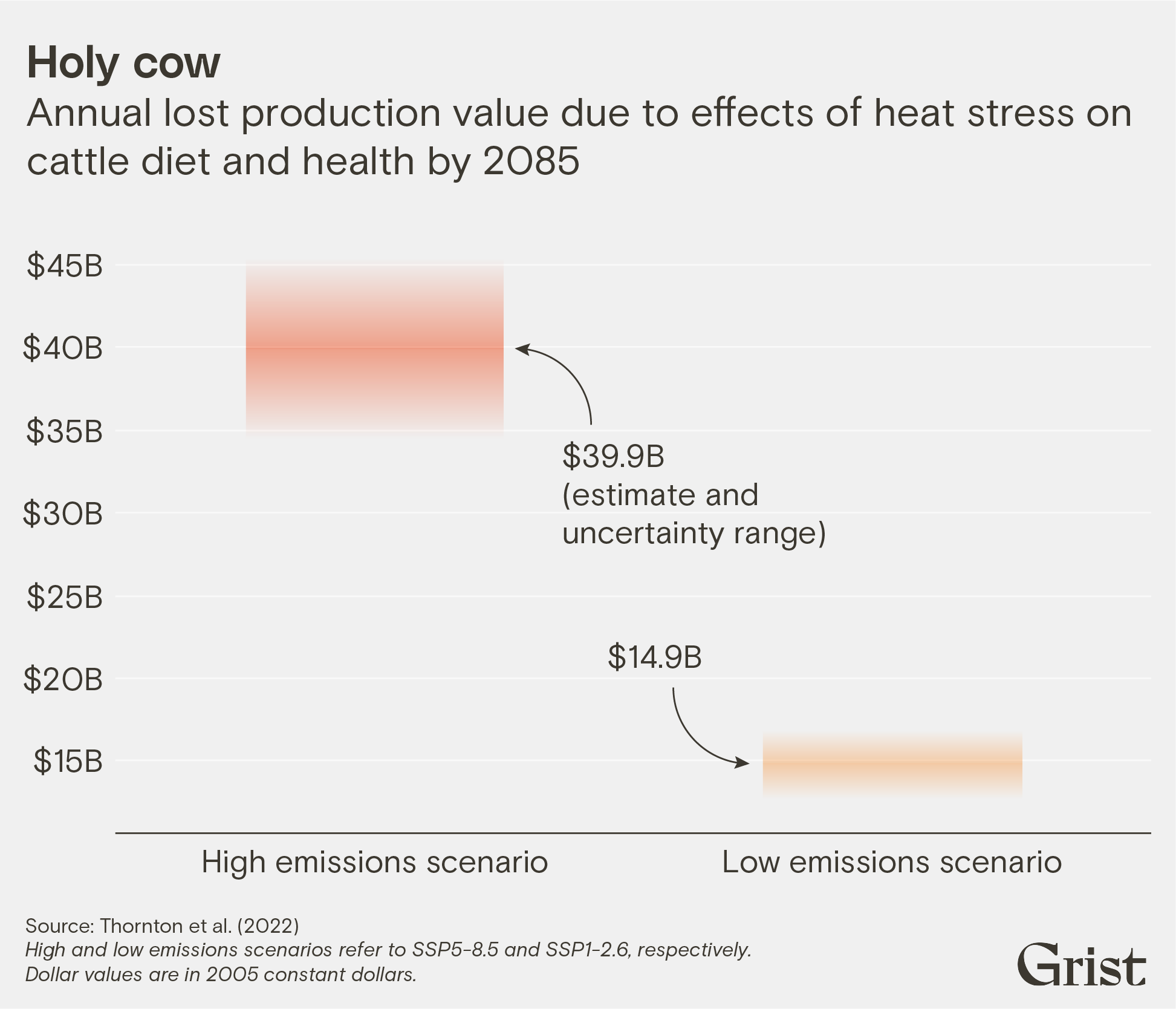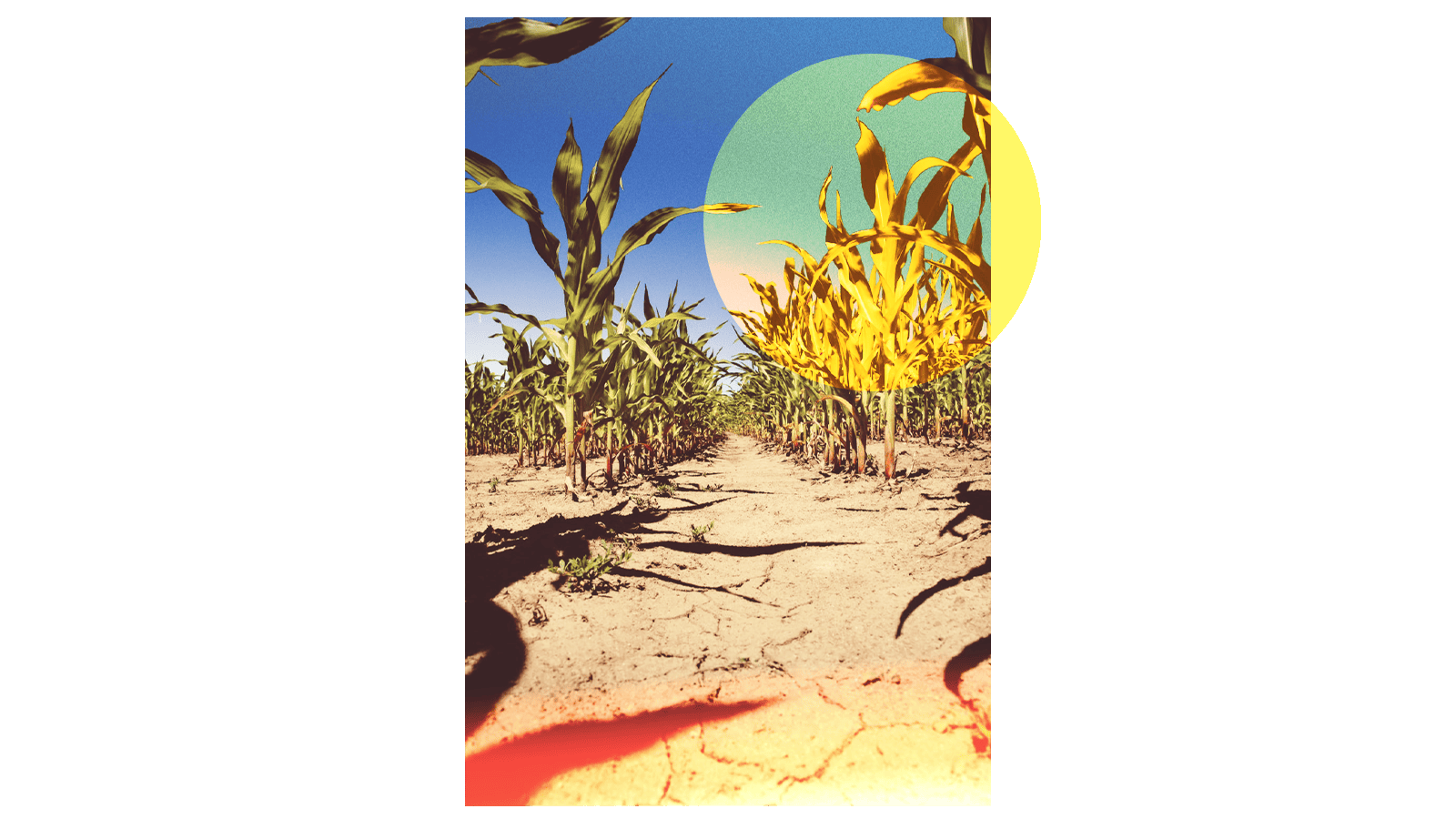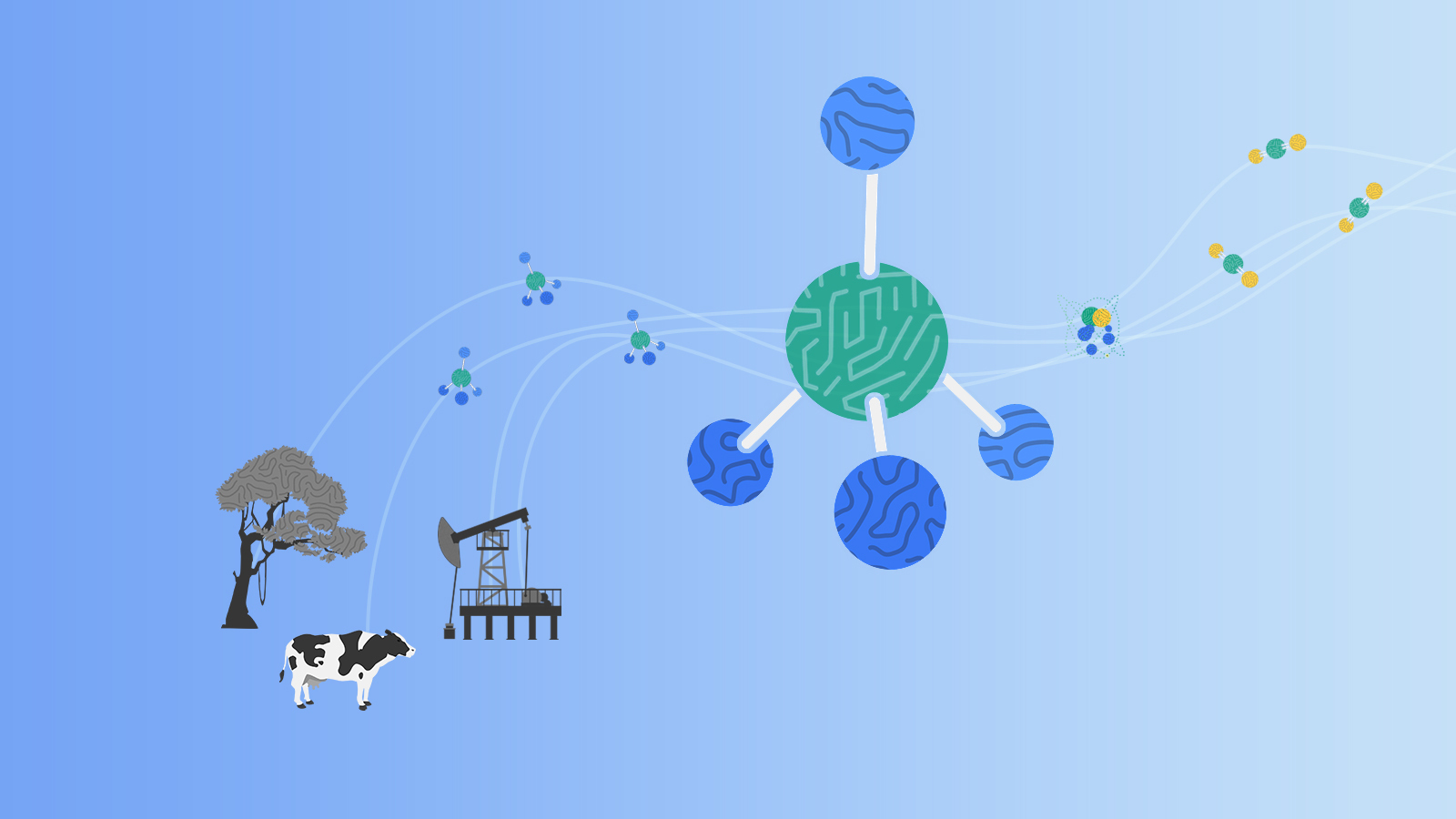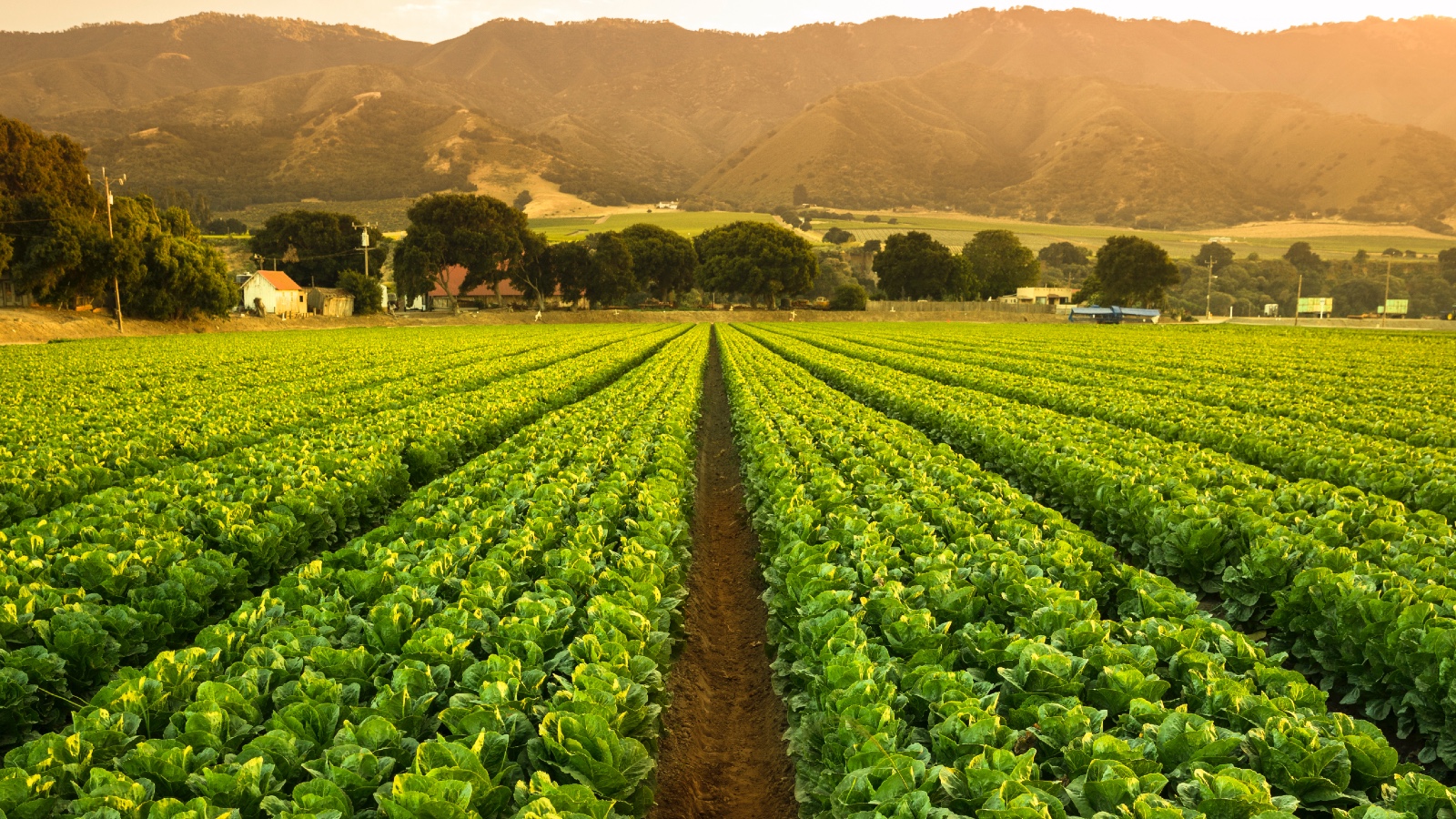The water shortage crisis on the Colorado River is improving, but it’s far from over.
That was the message from the Biden administration on Tuesday, as officials announced they would loosen water restrictions on the river in 2024. Thanks to robust winter snowpack that provided about 33 percent more moisture than the average year, the water levels in the riverʻs two main reservoirs have begun to stabilize after plummeting over three years. This has lessened the need for states in the Southwest to cut their water usage.
The total cuts will be about 20 percent lighter than they were last year, requiring three Southwest states and Mexico to save around 600,000 acre-feet of water — enough to supply roughly 1.2 million homes.
Even so, the administration left some mandatory restrictions in place to account for the fact that the reservoirs, Lake Mead and Lake Powell, are still emptier than they have been at almost any point in history. That’s due in large part to a millennium-scale drought that researchers believe was made much more likely by climate change. And even as federal officials eased up on mandatory restrictions, they were also preparing to dole out billions of dollars to the region’s farmers and cities in an effort to further reduce water usage on the river.
“The above-average precipitation this year was a welcome relief,” said Camille Camimlim Touton, the commissioner of the U.S. Bureau of Reclamation, the federal agency that oversees the river, in a press release. “We have the time to focus on the long-term sustainability solutions needed in the Colorado River Basin.”
During the past three years, as the Colorado River has dried up, the federal government has used the elevation of Lake Mead as a benchmark to determine what restrictions it needs to impose on Arizona, Nevada, and California, the three states in what’s known as the riverʻs “Lower Basin,” as well as Mexico. In practice, the state that has suffered the most under this system is Arizona, which has junior rights to the river as a result of a compromise it made in the 1960s to secure funding for canal infrastructure; it has borne almost all the early cuts.
The Biden administrationʻs announcement this week, which will move the river from a “Tier 2a” shortage back down to a “Tier 1” shortage, should give Arizona cotton farmers and Phoenix-area cities a little more breathing room next year. But the river’s long-term prognosis means that it may not be wise for farmers to start planting more fields, or for cities to keep adding new golf courses and lawns.
“I’d say it’s probably not going to help that situation much,” said Paco Ollerton, a farmer who grows cotton and other crops outside the city of Casa Grande, south of Phoenix. “The acreage has dropped quite a bit. We’re probably about 25 percent fallow in the district this year.” The easing of drought restrictions might help some farmers increase their acreage, Ollerton added, but many will hold off on replanting because they’re wary of future cuts.
Even as the Biden administration sets a more relaxed standard for 2024, officials are preparing to roll out a larger series of water cuts that will last for the next three years. These bigger cuts, which the administration hopes will lift the river out of the drought-induced crisis of the past few years, were the result of a hard-fought compromise between the seven states that use the river — and in particular between the two largest users, Arizona and California.
The announcement of the compromise plan in May brought an end to a year of tense negotiations between the states and the Biden administration, triggered by unprecedented fears that Lake Powell and Lake Mead would bottom out altogether. In that doomsday scenario, hydroelectric plants that provide power to millions of people would have shut down, and water might not have been able to move past the reservoirs at all. The compromise plan uses about $1.5 billion in drought funding from the Inflation Reduction Act to compensate farmers and cities for using less water over the next three years.
This was a welcome outcome for farmers in places like Imperial County, California, who had expected to take uncompensated water cuts for the first time in history, as well as for city leaders in Arizona, who had stood to lose a huge share of their Colorado River water during the negotiations. The compromise was only possible because of this year’s wet winter, which deposited enough snow to prop up water levels in Lake Powell and Lake Mead. With reservoirs recovering, the states could get away with more modest cuts — and pay for them with money that Senator Kyrsten Sinema of Arizona secured within the Inflation Reduction Act last year.
Even so, the compromise leaves several questions unanswered. The biggest question is how the states can reduce usage over the long term to account for the gradual aridification of the river. Farmers and cities can save water through techniques like drip irrigation or wastewater recycling, but these technologies are expensive to implement. In all likelihood, some places will have to farm less or build fewer houses. Furthermore, many tribal nations along the river still can’t access the water to which they have legal rights, and satisfying those rights could mean taking water away from other non-tribal users.
The federal government needs to hash out answers to these questions with states and tribes by the end of 2026, when the current operating guidelines for the river will expire. The Biden administration already kicked off that process last month when it asked stakeholders to weigh in on the river’s future. The negotiations won’t kick off in earnest for months or even years, but the administration’s goal is clear: avoid a repeat of the past yearʻs crisis at all costs.
This story was originally published by Grist with the headline Feds ease up on Colorado River restrictions — for now on Aug 15, 2023.

